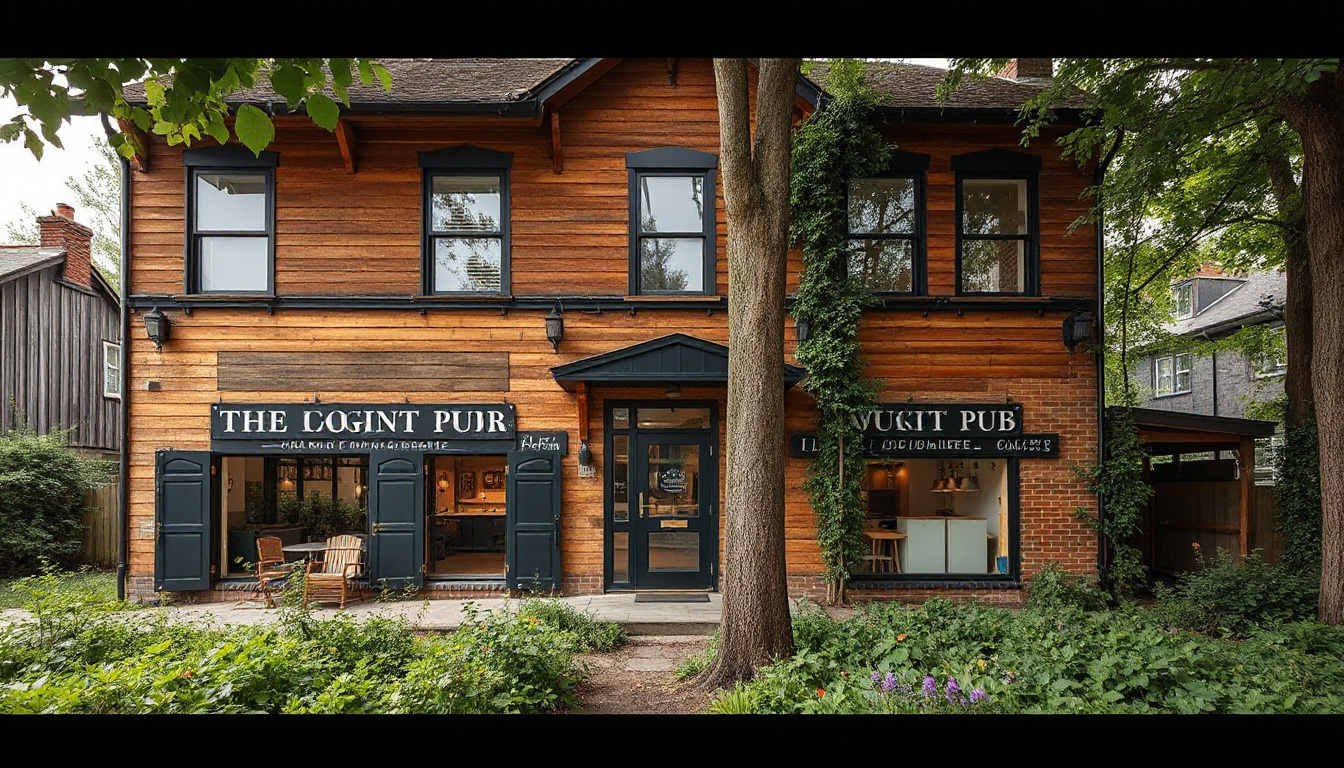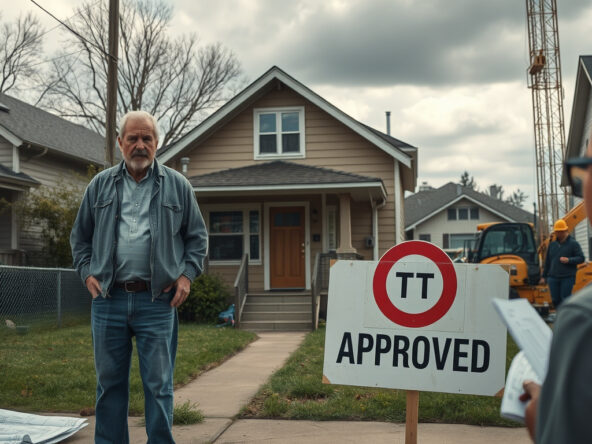Vacant Pub in Leiston Approved for Conversion into 11-Bed HMO
A formerly operating public house in Leiston, Suffolk, which closed in early 2020, has obtained formal planning sanction to be reconstituted as a house of multiple occupancy. This conversion—designed as an 11‐bed en-suite facility with dual shared kitchens and a single communal living–dining area—manifests a transformation that links each structural element directly with its intended use.
The approved scheme specifies comprehensive alterations: the rear site gains resident amenities; a larger ancillary outbuilding shifts seamlessly into dedicated refuse storage and secure bicycle parking for 11 cycles; a minor outbuilding is excised from the plan. The existing car park, while preserved in totality, sees its previously dual ingress reduced proximally to one access node. Subtle modifications are applied to the building’s exterior; no spatial extension, however, is appended.
This initiative, aimed at fulfilling local multifamily housing requirements, confronts objections from some locals who regard an HMO as misaligned with the area’s longstanding character. The local authority mandates that construction commence within a three-year interval, thereby instituting a strict temporal framework.
For property investors and individuals focused on multi-occupancy ventures, the project delineates a discernible trend: former commercial or community structures are reconfigured into shared dwellings. These transformations, while yielding diversified revenue channels, demand scrupulous adherence to planning protocols, an acute awareness of the residential milieu, and a facility design that sustains tenant welfare and area cohesion.
In sum, the Leiston public house conversion underscores the latent potential in repurposing disused edifices into HMOs—crafting a flexible housing paradigm in a dynamically evolving market as it negotiates stringent planning constraints and community perceptions.



